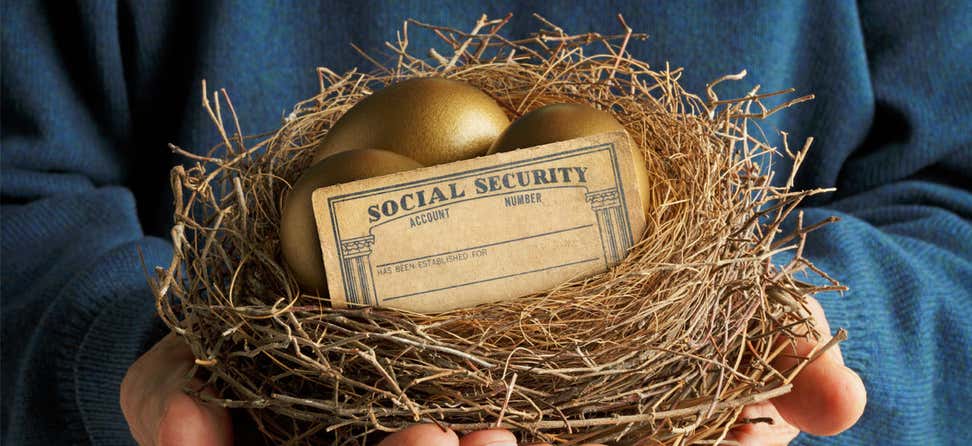Key Takeaways
Today’s 65-year-old can expect to live another 20 years, according to the Social Security Administration.
80% of households with older adults—or 47 million—are financially struggling today or are at risk of falling into economic insecurity as they age.
Optimizing Social Security, accessing benefits, improving long-term care, and using home equity are four ways retirees can maximize their savings.
Today’s 65-year-old can expect to live another 20 years, according to the Social Security Administration. This unprecedented gift of longevity brings with it exciting opportunities—and a price tag. Unlike their parents and grandparents, today’s pre-retirees and retirees face a vastly different retirement security landscape. The traditional three pillars of retirement income are changing.
NCOA worked with the LeadingAge LTSS Center @ UMass Boston to examine both the challenge and potential solutions.
U.S. Wealth Gap Widening: 47 Million Older American Households Facing Financial Risks
Our July 2021 updated analysis revealed that most older Americans have made little to no progress toward financial security. As in 2016, our analysis of 2018 data finds that 80%—or 47 million households with older adults—are financially struggling today or are at risk of falling into economic insecurity as they age. Between 2016 and 2018, we see that any increases in the net value of wealth occur to a greater extent for those with the most wealth.
In other words, the gap between the haves and the have-nots appears to be widening. Given the disproportionate impact of the COVID-19 pandemic on older adults with the least resources, it will be important to update this analysis with 2020 data when it becomes available to see if the gap in wealth continues to widen.
The True Scope of Financial Insecurity in Retirement
To better understand the financial landscape of older Americans, researchers at NCOA and the LeadingAge LTSS Center @UMass Boston analyzed the latest data from the Health and Retirement Study, a longitudinal panel study that surveys a representative sample of approximately 20,000 people in America, supported by the National Institute on Aging and Social Security Administration.
The analysis discovered that 80% of households with older adults—or 47 million—are financially struggling today or are at risk of falling into economic insecurity as they age. Moreover, this trend is worsening over time, as 90% of older households experienced decreases in income and net value of wealth between 2014 and 2016.
Four Ways to Help Retirees Make Their Money Last
Combined together, longer lives and lower savings are fueling a retirement security crisis for millions of Americans. It is exacerbated by inflation, rising health care costs, and the fact that someone turning age 65 today has almost a 70% chance of needing some type of long-term care services and supports in their lifetime. Long-term care is expensive and not covered by Medicare.
This white paper by NCOA, LeadingAge LTSS Center @UMass Boston, and Nationwide offers four ways to help retirees make their money last in retirement.










